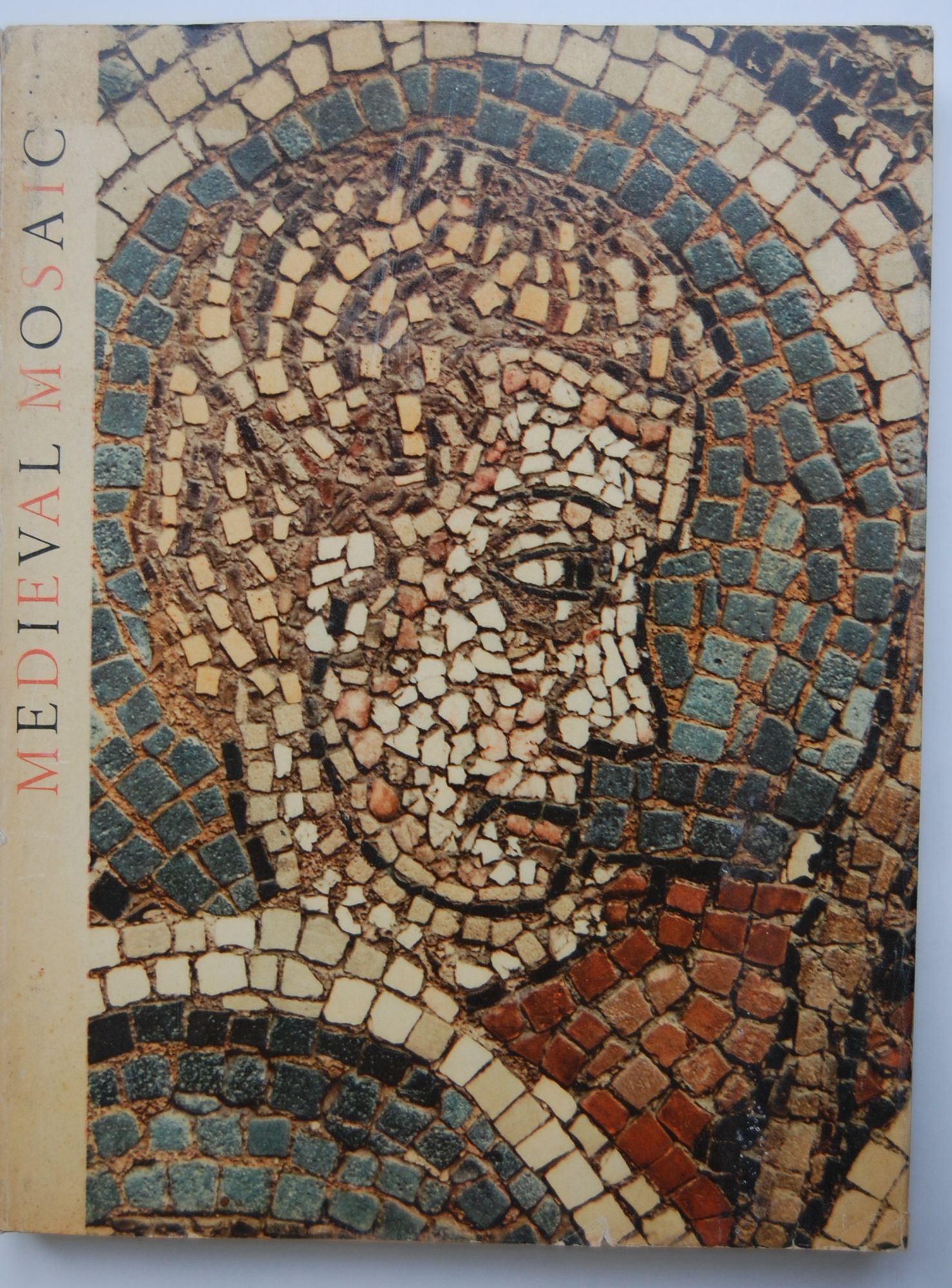Medieval mosaic
съставител Frantisek Petak
- преводач: Jean Edwards
- художник: Alexander Paul
- издание: 1987
- издателство: Spring books
- език: английски
- корици: твърди
- страници: 108
категории: Нехудожествена литература, Преводна литература, Литература на чужд език, Изкуства
The Prague Castle in the Middle Ages The Castle - one time seat of Bohemian kings - towers in solitary majesty above the city of Prague. It is a monument to art created by the ages on a rocky height, though embracing a succession of architectural epochs and therefore lacking uniformity of style, forms an impressive architectonic entity. The origin of the Castle is shrouded in legend and fable rooted in the murky half-light of antiquity: only systematic research has revealed how it came into being and grew over a thousand years, during which it became the focal point of Czech national life. From its very incipience in the dawn of Czech history many alterations and additions were made to the Castle, up to the nineteenth century when it acquired the appearance which has been preserved until today. The fervour of building activity reached its climax in the fourteenth and fifteenth centuries and the last echoes died away in the Renaissance era. Modern research has delved back as far as the ninth century when, it has been established, the promontory was the site of a stronghold fortified by a clay rampart enclosing wooden secular buildings and ecclesiastical buildings of white marl. Parts of the rampart, running from what are known today as the Second and Third Courtyards and along the entire south side of the Third Courtyard, have remained intact. The rampart consists in some places of two or three layers of building materials, undoubtedly from different periods, strengthened from within by a wooden framework. By the tenth century three churches had been built in the spacious enclosure. The remains of the youngest - the four-apsed rotunda of St Vitus - testify that this was a unique edifice for its time, the architectural arrangement of which displays affinity with antique styles. After the completion of the rotunda the body of Prince Wenceslas, its founder, was laid in the southern apse: the grave has been preserved to the present day. In the eleventh century a triple-aisled basilica, with two choirs and crypts and a transept with two towers on its western side, was built in the Romanesque style, then prevalent in neighbouring Germany, on the site of the rotunda of St Vitus. The Prague Castle remained unaltered till the middle of the twelfth century, when a stone palace and a stone rampart with three entrance towers in place of the old gates were built. Later the imposing stone castle was surrounded by Gothic fortifications surmounted by a gallery and battlements.
Наличност: 1 брой
-
45,00 лв. / 23,01 €Много добро състояние на книжното тяло. С незначителни следи от употреба
Добавете книги в кошницата чрез бутона "ДОБАВИ В КОШНИЦАТА".
В горния десен ъгъл на страницата се намира вашата "КОШНИЦА". В брояча до нея виждате броя на добавените книги, както и общата сума на поръчката.
Когато сте готови с Вашия избор и желаете да финализирате поръчката, натиснете бутона "КОШНИЦА" и следвайте инструкциите.
Натиснете бутона "КОШНИЦА" горе вдясно и в страницата, която ще се отвори, използвайте кръглите червени бутони "Х" срещу всяко заглавие.

